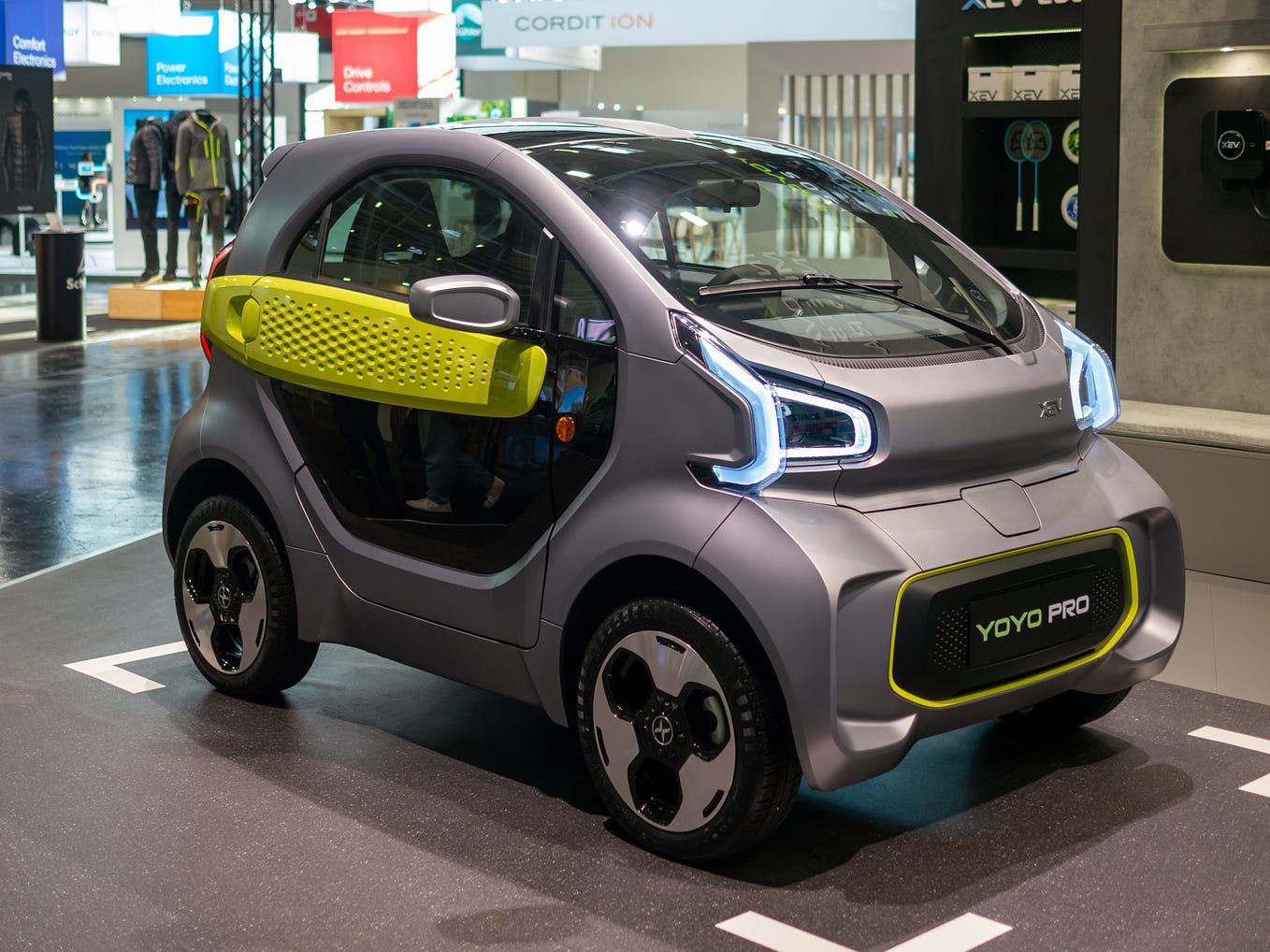
Electric vehicles (EVs) are rapidly gaining popularity, transforming the automotive landscape with their eco-friendly alternatives to traditional gas-powered cars. As more consumers adopt greener, more sustainable modes of transport, the electric car market is growing at an impressive pace, and the resale market is keeping pace with it. Whether you’re considering upgrading to a newer EV or simply want to protect your investment, understanding and maximizing your electric vehicle’s resale value is more critical than ever before.
Unlike conventional vehicles, the resale value of an EV depends on a unique set of factors, including battery health, technology updates, and even government incentives. While EVs have traditionally experienced steeper depreciation rates compared to their internal combustion engine counterparts, the market is continually evolving. This shift means that savvy owners have significant opportunities to mitigate depreciation and enhance their vehicle’s worth, ensuring they get the most value—both financially and environmentally—when it’s time to sell.
This comprehensive guide delves deep into the key factors that influence an EV’s depreciation and, more importantly, provides actionable strategies to maximize its resale value. From optimizing battery longevity to strategically marketing your vehicle, we’ll equip you with the knowledge and practical steps needed to confidently navigate the evolving used EV marketplace and secure a compelling offer for your electric car.
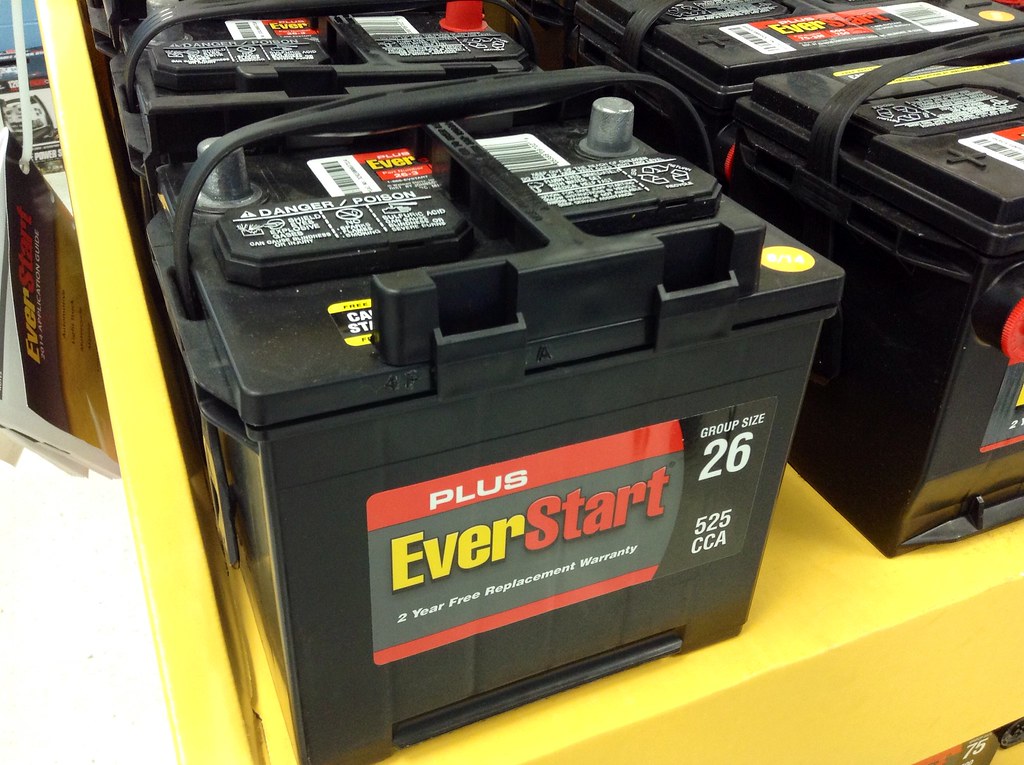
1. **Prioritize Battery Health and Longevity**The battery is undeniably the heart of your electric vehicle and its single most expensive component. Consequently, it stands as one of the most significant factors influencing its resale value. Buyers focus heavily on battery condition, as any degradation directly impacts an EV’s crucial driving range and overall performance, significantly reducing its appeal in the secondary market.
Battery degradation naturally decreases over time, but this process can be accelerated by improper charging practices or frequent DC fast charging. When an EV battery’s ability to hold a charge diminishes, it leads to a reduced driving range. This decline, in turn, can significantly lower an EV’s resale value, as prospective buyers are often deterred by a vehicle with a compromised battery and the associated range anxiety.
Monitoring battery health regularly is a proactive step that can immensely benefit your EV’s long-term value. Using diagnostic tools or apps to check battery performance allows you to take proactive steps if issues arise. Furthermore, obtaining a healthy battery report from a professional inspection or your car’s manufacturer can greatly impact buyer confidence and serve as powerful evidence of your EV’s good health, directly influencing the asking price.
Most EV manufacturers offer substantial warranties covering 8–10 years or 100,000 miles for battery health. Highlighting a valid and transferable battery warranty when selling can significantly enhance buyer confidence. This reassurance about the most expensive component can make or break a deal, securing a higher resale value by mitigating concerns about potential future replacement costs, which can range from $5,000 to over $20,000.
Read more about: The Top 14 Vehicles Built to Go the Distance: Your Guide to 350,000+ Mile Reliability
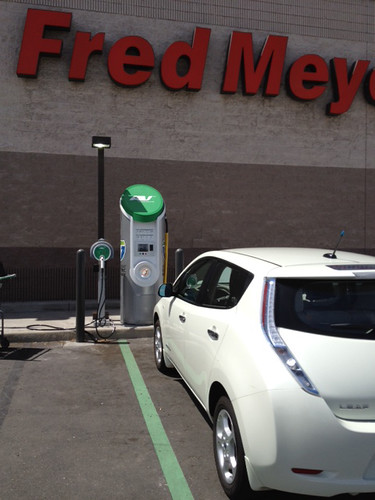
2. **Adopt Smart Charging Practices**Beyond just monitoring, actively practicing smart charging habits is paramount to preserving your EV’s battery life and, by extension, its resale value. The way you charge your vehicle daily has a profound impact on its long-term health, directly affecting performance and longevity. Avoiding both fully draining and frequently overcharging the battery is a fundamental rule for optimal care.
Most manufacturers and experts recommend trying to keep your charge level consistently between 20% and 80% to prolong battery life. This sweet spot minimizes stress on the battery’s chemistry, preventing the extreme conditions that can accelerate degradation. Adhering to this practice can significantly extend the effective lifespan of your EV’s most valuable component.
While undeniably convenient for quick top-ups, it’s crucial to limit DC fast charging. Frequent fast charging, especially in everyday scenarios, can degrade battery health over time by generating more heat and stressing the battery cells more intensely than slower charging methods. For daily use, Level 2 chargers are generally recommended as they provide a more gentle and battery-friendly charge, contributing to sustained performance and resale appeal.
Proper storage also plays a role in battery care, particularly if you anticipate not driving your EV for extended periods. In such cases, store your EV in a cool location and keep the battery charged at around 50%. This prevents the battery from sitting at extremely low or high charge states for prolonged durations, which can contribute to long-term degradation and impact its overall health.
Read more about: Beyond the Chrome: Unmasking 13 Car Driver Stereotypes That Are More Than Just Roadside Chatter

3. **Maintain Optimal Driving Range and Efficiency**Driving range is consistently one of the first and most critical factors potential buyers consider when evaluating an EV. In the minds of many consumers, a longer range equates to greater practicality and reduced “range anxiety”—a common concern about running out of power before reaching a charging station. Therefore, maintaining and showcasing your EV’s range efficiency is paramount to its resale value.
Adopting efficient driving habits is a simple yet highly effective way to maximize your EV’s range and preserve battery health. Practices such as avoiding rapid acceleration and braking are key, as aggressive driving drains the battery much faster. Smooth, consistent driving not only extends your daily range but also indicates careful usage, which can be a strong selling point.
Beyond driving style, reducing the usage of high-energy features can also significantly impact range efficiency. Features like air conditioning or heating draw considerable power from the battery. Limiting their use to when absolutely necessary, or utilizing pre-conditioning features while plugged in, can contribute to a more impressive range performance, which buyers appreciate.
Maintaining proper tire pressure is another often-overlooked yet critical aspect of range efficiency. Under-inflated tires increase rolling resistance, forcing the battery to work harder and consuming more energy. Regularly checking and adjusting tire pressure ensures your EV operates at its peak efficiency, directly contributing to a better range and, consequently, a higher perceived value in the resale market.
Read more about: Rediscovering the Essentials: 13 Indispensable Workshop Tools You Might Be Forgetting
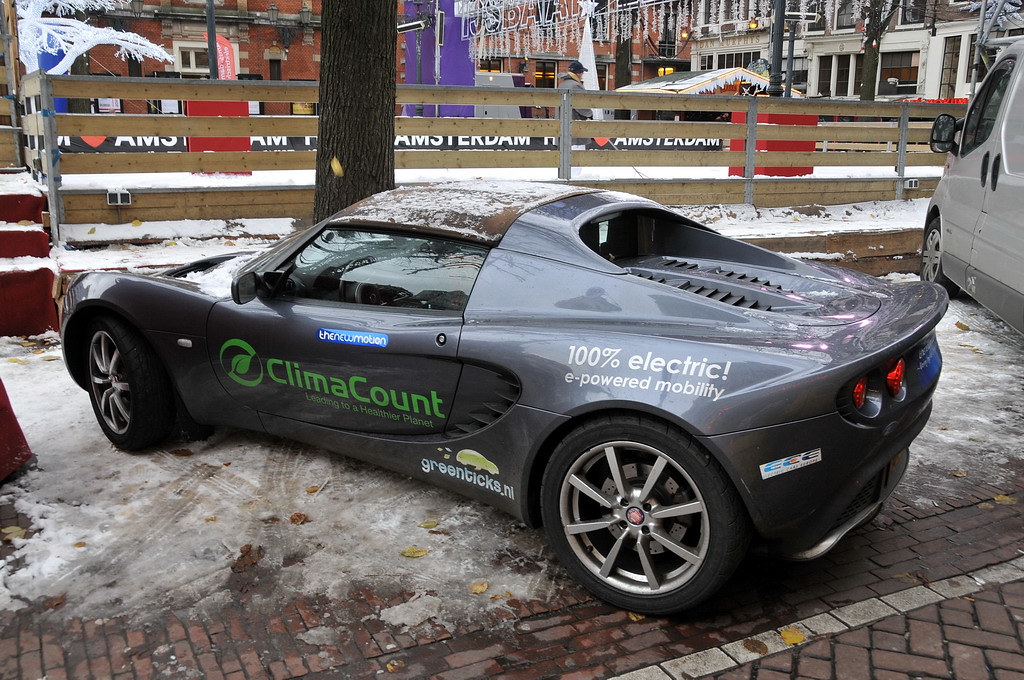
4. **Keep Technology and Features Current**Electric vehicles are not just about transportation; they are also at the forefront of automotive innovation. Buyers are inherently drawn to advanced safety, cutting-edge infotainment, and sophisticated driver-assistance features. Therefore, ensuring your EV’s technology and features remain competitive is a powerful strategy to maintain its value, as vehicles with outdated technology often lose their edge in the rapidly evolving resale market.
Regular software updates are a major advantage for many EVs, particularly those from manufacturers like Tesla, which frequently provide over-the-air updates. These updates can do more than just fix bugs; they often enhance performance, add new functionalities, and improve existing features. Documenting a history of these updates demonstrates that your vehicle has been kept current and optimized, signaling a well-maintained, modern EV to potential buyers.
Where possible, consider upgrading features to help your EV stay competitive. While major retrofits might not always be feasible, smaller, impactful enhancements, such as advanced driver-assistance systems (ADAS) or improved connectivity options, can significantly boost appeal. These upgrades show a commitment to keeping the vehicle’s tech suite fresh and desirable, distinguishing it from other listings.
When it comes time to sell, it’s vital to highlight your EV’s unique and advanced technological features. Emphasize capabilities like autonomous driving systems, seamless mobile app integration, or state-of-the-art infotainment systems. These are the aspects that often captivate buyers and justify a premium price point, showcasing that your EV offers more than just green transportation—it offers a cutting-edge driving experience.
Read more about: The Top 14 Vehicles Built to Go the Distance: Your Guide to 350,000+ Mile Reliability

5. **Leverage Brand Reputation**The brand of your electric vehicle plays a significant, often understated, role in its resale value. A manufacturer’s reputation for reliability, innovation, and robust customer support significantly impacts how quickly and for how much your EV will sell. In a market where trust is paramount, established brands with strong track records tend to command higher resale prices.
For instance, certain brands consistently rank higher in resale value retention due to their market leadership and technological edge. Tesla, for example, is frequently cited for its strong resale performance, attributed to its pioneering status, extensive charging network, and continuous software updates. This illustrates how a strong brand perception can translate directly into tangible financial benefits for sellers.
When considering an EV purchase, or when preparing to sell, choosing and highlighting brands with proven track records and strong resale performance is a smart move. Researching customer satisfaction surveys and market trends can provide valuable insights into which brands are perceived most favorably by consumers and, consequently, which models are likely to hold their value better over time.
To leverage your EV’s brand reputation effectively during a sale, emphasize the manufacturer’s key strengths. If your car is from a brand known for its extensive range, highlight that. If it’s lauded for its robust charging network, draw attention to that infrastructure. By aligning your vehicle with the positive attributes of its brand, you can build greater buyer confidence and justify a more competitive asking price.
Read more about: Barbara Eden: A Luminary’s Journey Through Hollywood’s Golden Eras, From Early Stardom to Enduring Iconography

6. **Understand and Adapt to Government Incentives**Government incentives and regional policies play a complex yet significant role in the resale value of electric vehicles. While these incentives, such as federal tax credits or state rebates, are designed to boost the adoption of new EVs by making them more affordable initially, they can also indirectly influence the demand and pricing for used electric models. Understanding this dynamic is crucial for sellers.
When new EVs benefit from substantial tax credits or incentives, it can inadvertently make used models less attractive, unless they are priced significantly lower. This is because a buyer might calculate that the net cost of a new, incentive-laden EV is comparable to, or even less than, a pre-owned model. This phenomenon can contribute to accelerated depreciation for used EVs, as they compete with subsidized new vehicles.
However, the landscape of incentives is not uniform and can present opportunities. Some regions offer transferable tax credits or other perks specifically for used EVs. If your vehicle qualifies for such benefits, this becomes a powerful selling point. Informing potential buyers about any available regional benefits or transferable rebates can significantly enhance your EV’s appeal and its perceived value.
Therefore, adapting to these incentives means staying informed about local and national policies that affect both new and used EVs. Highlighting how your specific vehicle navigates these incentives—whether through its own transferable benefits or by positioning its price competitively against new, subsidized models—is a vital strategy. It helps potential buyers see the tangible value in your used EV, despite the broader incentive landscape.
Read more about: Navigating College Savings: Unpacking 529 Plans and Strategies to Prevent Future Tax Headaches

7. **Manage Mileage and Usage Patterns**Just like traditional gasoline-powered vehicles, mileage is a primary consideration for electric vehicles, directly impacting their resale price. Generally, lower mileage equates to a higher resale value, as it suggests less wear and tear on all components, including the critical battery pack. However, for EVs, how that mileage was accumulated—the usage patterns—can be just as important as the number itself.
For instance, an EV with frequent stop-and-go traffic miles may experience more wear and tear on its powertrain and battery than one primarily driven on highways. While EVs excel in city driving with regenerative braking, sustained high-stress usage or a history of frequent rapid discharge/recharge cycles can be a red flag for savvy buyers. Providing context for your mileage can therefore be beneficial.
To maintain value through usage, consider limiting your annual mileage to stay in line with average annual usage, typically around 12,000–15,000 miles. Keeping mileage lower than average helps to present your vehicle as less utilized and therefore more desirable. This also suggests that components, including the battery, have endured less stress over its lifetime.
Crucially, back up your mileage claims with meticulous maintenance records. A well-documented service history reassures buyers that the vehicle, despite its mileage, has been properly cared for. These records, combined with insights into your driving habits, can effectively demonstrate that your EV’s usage patterns have been conducive to preserving its long-term health, thereby contributing to a higher resale value when you decide to sell.
Read more about: Seriously Where Did They Go? 15 Automotive Features That Vanished (Or Should) From Our Dashboards
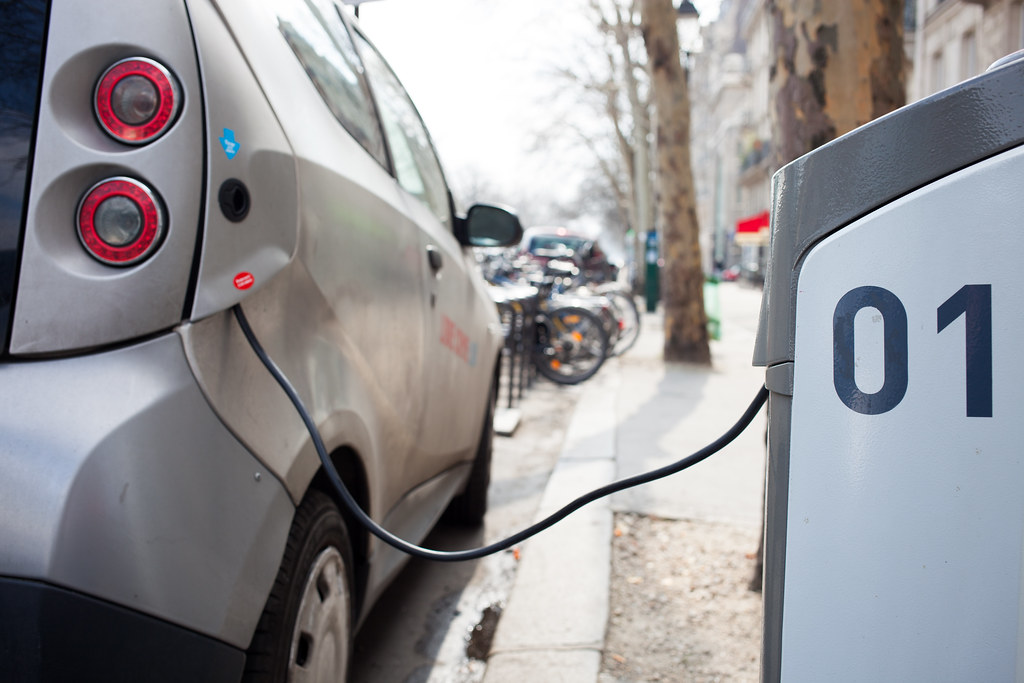
8. **Charging Infrastructure and Compatibility**The availability and compatibility of charging stations are pivotal factors that significantly impact buyer confidence when considering a used electric vehicle. For many prospective EV owners, the practical reality of daily charging remains a top concern, with the presence of robust charging networks directly influencing their willingness to invest in an EV. This addresses the prevalent “range anxiety”—the fear of running out of power before reaching a charging point—making a well-connected EV more appealing.
An EV that supports multiple charging networks or comes equipped with necessary adapters holds a distinct advantage in the resale market. Ensuring compatibility with various charging standards, such as CCS or CHAdeMO, broadens the vehicle’s appeal, allowing future owners greater flexibility in where and how they power up. Highlighting these capabilities can ease a buyer’s transition into EV ownership and elevate the car’s perceived value.
The convenience of home charging is another critical element that can enhance an EV’s appeal. Including information about your existing home charging setup, such as a Level 2 charger, in your marketing materials can be a powerful selling point. This demonstrates that the vehicle has been charged in a stable, battery-friendly environment, and provides a clear path for the new owner to continue efficient charging from day one.
Furthermore, buyers often prioritize EVs that are compatible with fast-charging stations, even if they primarily use Level 2 charging at home. Mentioning your vehicle’s fast-charging capability reassures buyers that rapid top-ups are an option for longer journeys or emergencies. This comprehensive approach to showcasing charging versatility directly contributes to a higher resale value by addressing a core concern for EV adoption.
Read more about: The Automotive Exodus: Unpacking the 14 Critical Reasons Why Diesel Engines Are Fading from Our Markets
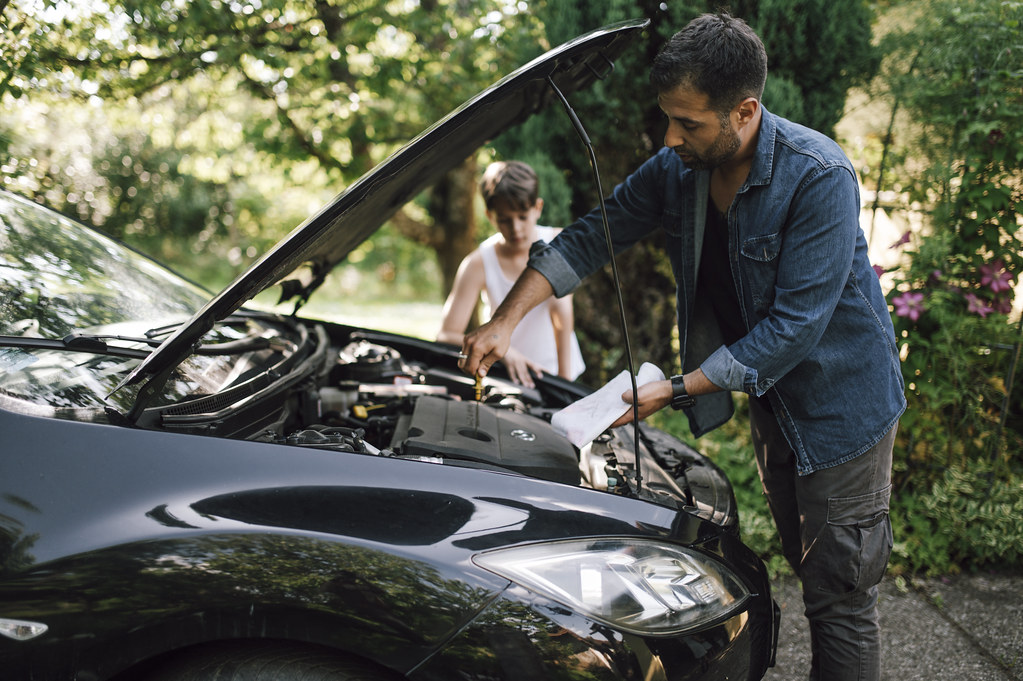
9. **Condition and Maintenance: First Impressions Matter**The physical and mechanical state of your EV heavily influences its resale value, as first impressions are critical in the used car market. Dents, scratches, and a neglected interior can immediately deter potential buyers and lead to significantly lower offers. A well-maintained vehicle signals to buyers that the owner has taken diligent care of their investment, fostering trust and confidence.
Protecting the exterior of your EV is a straightforward yet impactful way to preserve its value. Regularly washing and waxing the vehicle helps prevent paint damage and maintains its aesthetic appeal. Concurrently, keeping the interior meticulously clean by regularly vacuuming and conditioning upholstery ensures a fresh and inviting appearance, making a strong positive impression on prospective buyers.
Addressing any minor issues before listing the vehicle for sale is also highly advisable. This includes repairing small scratches, dents, or worn components that might otherwise be overlooked. Proactively fixing these imperfections eliminates potential bargaining chips for buyers and presents the vehicle in its best possible light, justifying a higher asking price.
Proper preparation extends to ensuring the tires are in good condition and performing any necessary repairs to scratches or dents. Giving your EV a thorough cleaning, both inside and out, is a fundamental step. This comprehensive approach to maintenance and presentation ensures your car leaves a lasting, positive impression and communicates its value effectively to potential buyers.
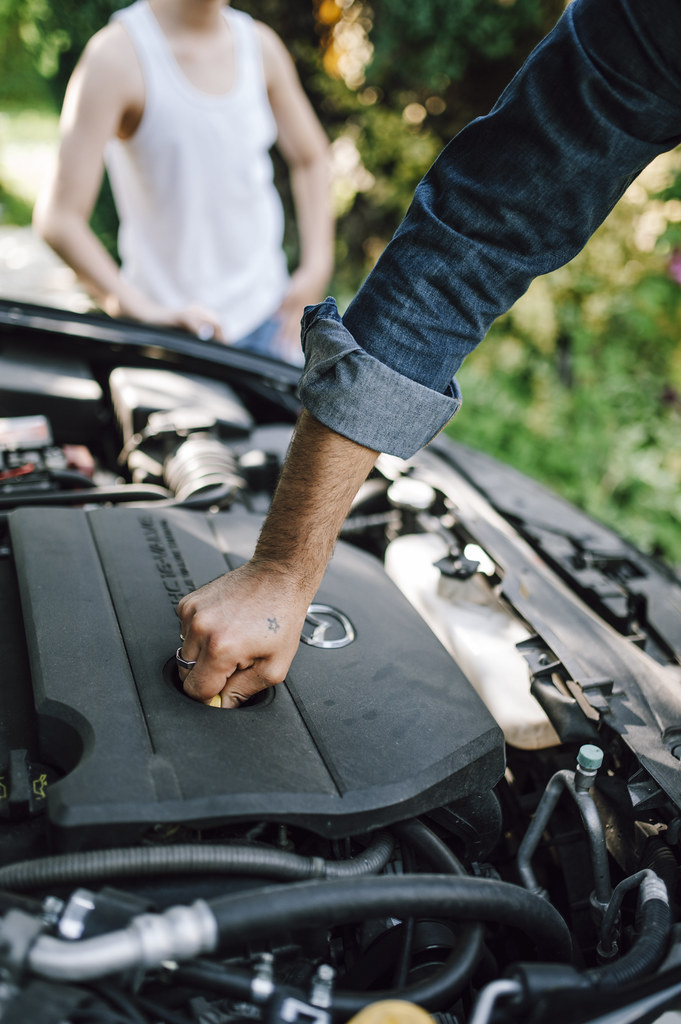
10. **Maintain Records and Conduct Regular Servicing**Meticulous record-keeping and a history of regular servicing are paramount in demonstrating the ongoing health and care of your electric vehicle, significantly boosting its resale value. Detailed service records reassure buyers that the EV has been properly maintained throughout its ownership, mitigating concerns about its long-term reliability and performance, especially concerning its critical battery pack.
A well-documented service history, including evidence of timely servicing and battery checks, acts as tangible proof of your commitment to the vehicle’s optimal condition. This transparency builds buyer confidence, allowing them to see a clear timeline of maintenance and addressing any potential questions about past issues or repairs. For an EV, this is particularly important given the unique components and technological advancements.
Some automakers, such as Tesla or Nissan, offer remote diagnostics and battery checks, which can be invaluable additions to your service records. Including these advanced diagnostic reports can further solidify the evidence of your EV’s good health and provide expert-backed data to support its strong condition. These detailed records collectively offer a robust argument for a competitive resale price.
Read more about: Beyond the Hype: Why Savvy Celebrity Collectors Are Investing Big in Vintage Japanese Sports Cars and What It Means for Your Portfolio
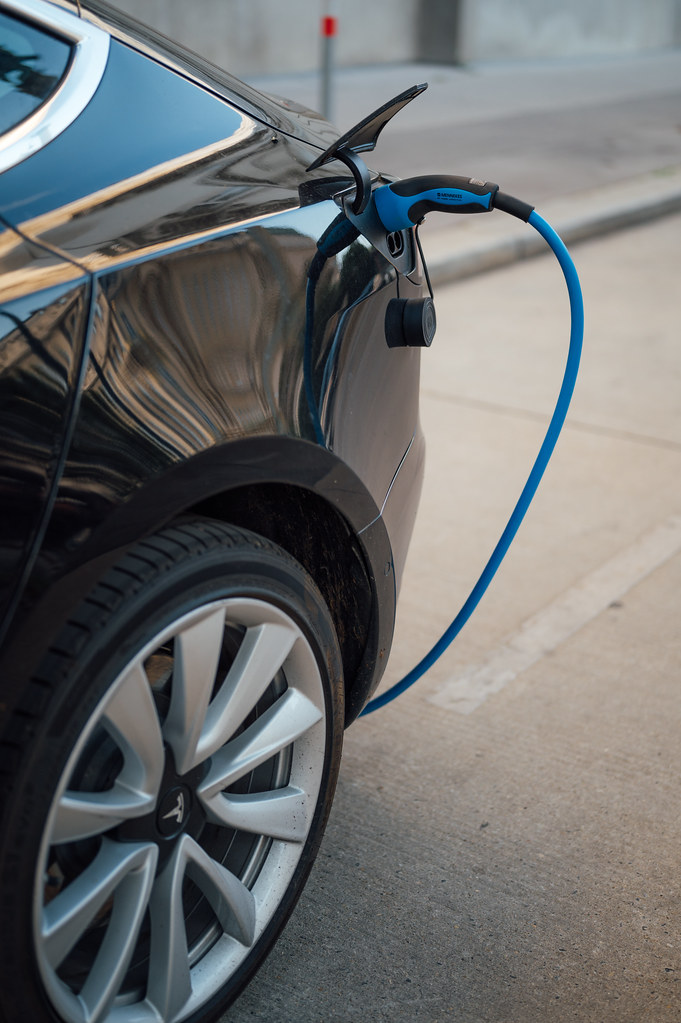
11. **Perform Market Research to Set a Competitive Price**Setting a competitive and realistic price for your electric vehicle is a crucial step in securing a prompt and satisfactory sale. Before listing your EV, it is essential to conduct thorough market research to understand how similar makes and models are currently valued. This diligent approach prevents overpricing, which can lead to extended selling times, or underpricing, which results in lost value.
Several variables should factor into your pricing strategy, including the EV’s mileage, the reported health of its battery, and your geographical location, as demand can vary regionally. Leveraging online platforms such as Kelley Blue Book or Edmunds can provide reliable estimates for EV resale values, offering a solid starting point for your research. These tools are indispensable for gauging current market trends and buyer expectations.
If your EV boasts unique features, such as a premium sound system, upgraded advanced driver-assistance systems, or a recently replaced battery pack, it is vital to highlight these as justification for a potentially higher asking price. These distinct advantages can differentiate your vehicle from others on the market, allowing you to command a premium. Emphasizing these unique selling points effectively communicates added value to prospective buyers.
Read more about: Buyer Beware: 15 Sedans That Become Money Pits vs. Those That Hold Their Value After Five Years
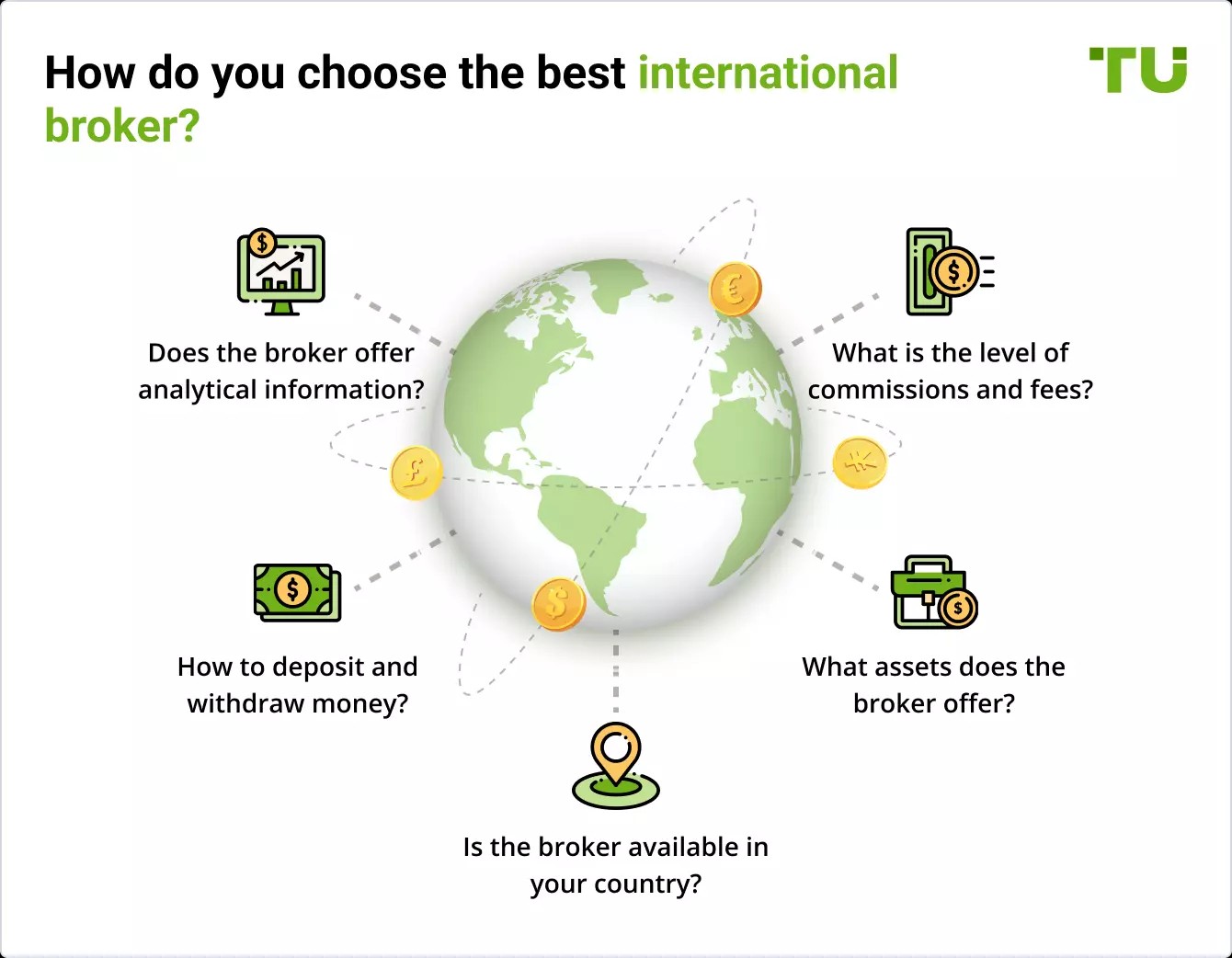
12. **Choose the Right Selling Platform**Selecting the appropriate selling platform is a strategic decision that can significantly impact how quickly and for how much your electric vehicle sells. Different platforms cater to distinct buyer demographics, and understanding where your target audience is most likely to be found is key to a successful sale. A well-chosen platform ensures maximum visibility among serious buyers.
Online marketplaces like Autotrader or Cars.com are widely recognized and used for listing a broad range of vehicles, offering extensive reach to potential buyers. For a more targeted approach, consider EV-specific exchanges, such as Recurrent. These platforms cater directly to electric vehicle enthusiasts and informed buyers, who are often more appreciative of an EV’s unique attributes and prepared to pay a fair price.
Dealerships or trade-in programs offer a convenient alternative to private sales, providing a quicker transaction with less personal effort involved. However, this convenience often comes at the cost of a marginally lower selling price, as dealerships need to account for their own profit margins and reconditioning costs. Weighing convenience against potential profit is important for every seller.
For reaching local buyers effectively, social media marketplaces such as Facebook Marketplace can be a powerful tool. These platforms allow you to connect with individuals within your community who might be searching for a used EV, often without the listing fees associated with larger online portals. Utilizing a multi-pronged approach across several platforms can maximize your chances of connecting with the ideal buyer.
Read more about: The Top 14 Vehicles Built to Go the Distance: Your Guide to 350,000+ Mile Reliability

13. **Communicate Effectively with Buyers**Effective and transparent communication with potential buyers is a cornerstone of a successful EV sale, directly strengthening buyer trust and expediting the entire transaction. Promptly answering buyer queries demonstrates professionalism and respect for their time, while full transparency about the car’s condition builds a crucial foundation of confidence.
Providing all relevant details upfront, including comprehensive service records, battery health certifications, and any transferable warranties, eliminates guesswork for the buyer. This proactive approach minimizes concerns and helps prospective owners feel fully informed about their potential investment, making them more comfortable proceeding with a purchase.
A smooth and open communication process significantly enhances the buyer’s overall experience. When buyers feel they are receiving honest, complete, and timely information, their trust in you and the vehicle increases. This positive interaction can make all the difference, transforming interest into a definitive offer and speeding up the sale process considerably.
Read more about: 13 Smart DIY Car Upgrades That Can Skyrocket Your Trade-In Value by Thousands
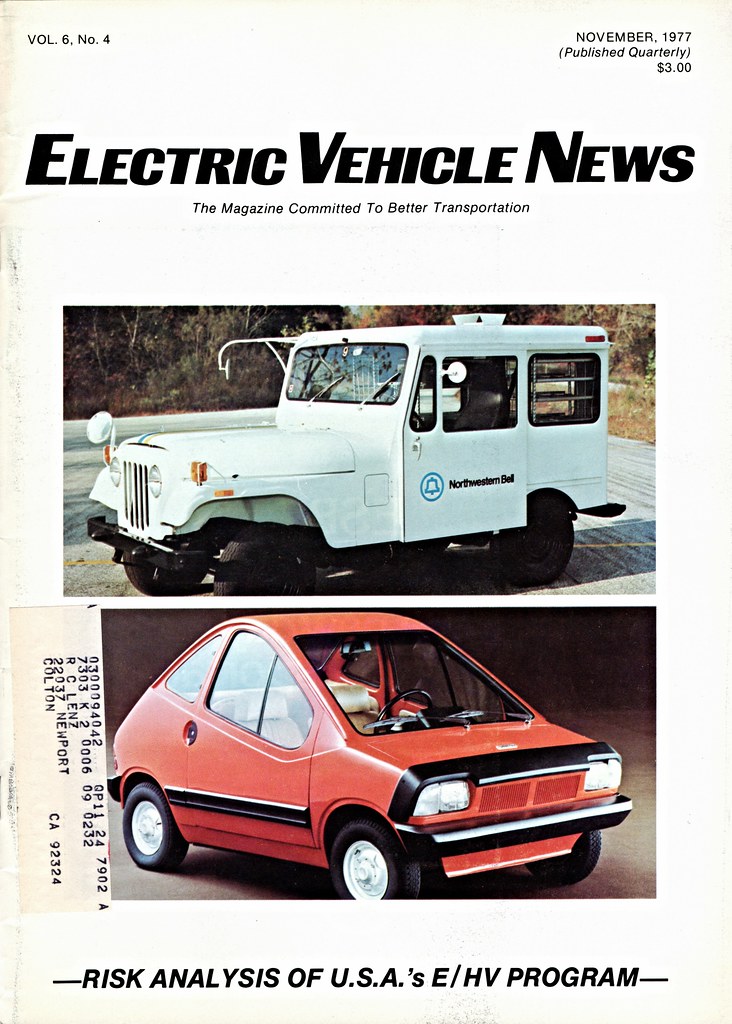
14. **Finalize Paperwork and Ensure a Smooth Handover**Once a buyer is secured, the finalization of paperwork and a smooth handover process are critical to completing the sale professionally and efficiently. This step ensures that all legal and financial aspects are correctly managed, protecting both the buyer and the seller. Careful attention to detail here prevents future complications and ensures a positive closing experience.
Key documentation to address includes title transfers, tax considerations, and any outstanding warranties or rebates that might transfer with ownership. Being prepared with all necessary paperwork and understanding the transferability of benefits, such as battery warranties, can provide immense peace of mind to the new owner. It’s also important to confirm state-specific requirements for vehicle sales.
Furthermore, guiding the new owner through any brand-specific nuances of their newly acquired EV can add significant value to the handover. This might include explaining how to access software updates, navigating the charging infrastructure, or understanding unique vehicle features. This personalized assistance can ease their transition into EV ownership and leave a lasting positive impression.
A well-organized and informative handover, coupled with meticulously managed paperwork, not only finalizes the transaction seamlessly but also reinforces the vehicle’s value and the seller’s integrity. It’s the final opportunity to ensure the buyer feels confident and supported, contributing to the positive perception of the second-hand EV market as a whole.
**Takeaways: Maximizing Your EV’s Resale Value**
Electric vehicles are rapidly evolving, and their resale value is influenced by a unique interplay of factors such as battery health, range, technology, and market dynamics. By proactively understanding these influences and adopting a set of best practices, you are well-positioned to maximize your EV’s value in the competitive used car market. It’s about more than just maintenance; it’s about strategic management throughout your ownership.
Protecting your EV investment requires diligence and knowledge, spanning from optimal charging habits and diligent record-keeping to effective marketing and transparent communication. Regular maintenance, staying informed about industry trends, and emphatically highlighting your vehicle’s strengths during the resale process will attract the best offers and ensure a financially rewarding outcome.
Ultimately, by embracing these comprehensive tips and insights, you empower yourself to navigate the EV resale landscape with confidence and savvy. Not only will you secure a better financial return for your valuable electric vehicle, but you’ll also play an active role in supporting the growth and accessibility of the second-hand EV market, contributing to a more sustainable automotive future for everyone.



